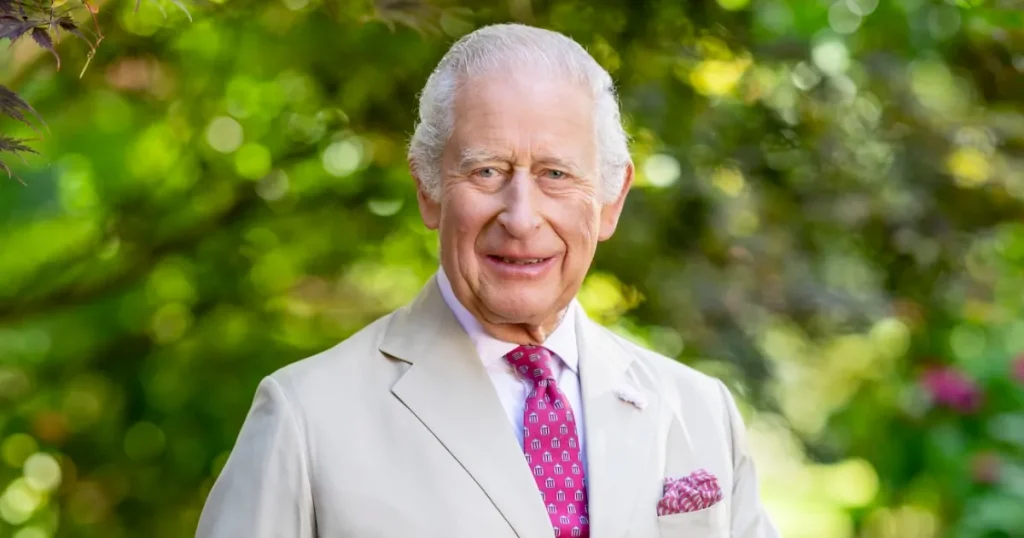King Charles III: The Long Journey from Prince to Monarch
From heir apparent to monarch, the life of King Charles III has been a tale of service, resilience, and transformation. For an unprecedented seven decades, Charles held the distinction of being the longest-waiting heir to the British throne, a period marked by both public duty and personal tribulation. Born into royalty as the eldest son of Queen Elizabeth II and Prince Philip, Charles embraced his role as Prince of Wales while carving out his own identity through military service, charitable endeavors, and advocacy for causes ranging from environmental conservation to architectural preservation. His journey reflected not just the evolution of a royal figure, but the changing nature of the monarchy itself in modern Britain – a balance between tradition and adaptation in an era of intense media scrutiny and shifting public expectations.
Charles’s personal life has been as scrutinized as his public one, particularly his relationship with Diana Spencer, which began with what seemed like a fairy-tale wedding in 1981 at St. Paul’s Cathedral. The lavish ceremony captured global attention, with an estimated 750 million viewers worldwide witnessing the union between the Prince of Wales and the young nursery teacher assistant. Their marriage produced two sons, Prince William and Prince Harry, who would grow up under the extraordinary pressures of royal life and public fascination. However, behind the ceremonial appearances and family portraits lay mounting tensions. The couple’s incompatibility became increasingly apparent, leading to their separation in 1992 and formal divorce in 1996. This period represented one of the monarchy’s most challenging chapters in modern times, as private struggles played out on an international stage, forcing both the royal family and the British public to navigate questions about privacy, duty, and the human complexities behind the crown.
The tragic death of Princess Diana in 1997 marked a profound turning point for Charles, thrusting him into the role of single parent while managing his own grief under intense public scrutiny. In the aftermath of this tragedy, Charles focused on providing stability for his sons while continuing his royal duties, a balancing act that revealed his resilience and commitment to family. Gradually, his relationship with Camilla Parker Bowles, which had predated and continued throughout his marriage to Diana, moved from the shadows into public acceptance. Their 2005 wedding at Windsor Guildhall represented not just a personal milestone but a significant moment of transition for the monarchy, as the institution cautiously embraced change while maintaining its essential traditions. The ceremony, more modest than his first wedding but meaningful in its authenticity, symbolized Charles’s journey toward a more genuine public persona – one that acknowledged past mistakes while looking toward future responsibilities.
Throughout his decades as Prince of Wales, Charles developed a distinctive approach to royal duty, one characterized by passionate advocacy and hands-on engagement. He established The Prince’s Trust in 1976, which has since helped more than a million disadvantaged young people across the United Kingdom. His early warnings about climate change, once dismissed as eccentric, proved prescient, earning him credibility as an environmental visionary. His interests extended to organic farming, sustainable urban planning, and alternative medicine – positions that sometimes generated controversy but reflected his commitment to using his platform meaningfully. Unlike the more reserved approach of his mother, Charles embraced a more activist interpretation of royal influence, raising questions about how this philosophy would translate to his eventual reign as monarch, where constitutional constraints would require greater political neutrality.
The moment of transition finally arrived in September 2022, when the death of Queen Elizabeth II at age 96 ended the longest reign in British history and elevated Charles to the throne at age 73. His accession speech struck notes of continuity and change, promising to uphold his mother’s legacy of service while acknowledging the evolving role of the monarchy. The period between accession and coronation allowed the new king to gradually introduce his approach to the role – somewhat more streamlined and accessible than previous eras, yet firmly rooted in tradition. His coronation at Westminster Abbey in May 2023 balanced ancient ritual with contemporary relevance, featuring religious ceremonies dating back a millennium alongside representations of modern Britain’s diverse faith communities and cultural traditions. The ceremony reflected Charles’s own vision: respecting history while recognizing present realities.
Now as King Charles III, the former prince faces the challenge of defining his reign after decades of preparation. With his queen consort Camilla by his side, he navigates a complex landscape of constitutional monarchy in the 21st century. His reign comes at a time of significant questions about the Commonwealth’s future, the monarchy’s relevance to younger generations, and Britain’s place in a rapidly changing world. Yet Charles brings to the throne unique qualifications: unparalleled training for the role, deeply held convictions tempered by life experience, and a genuine concern for the welfare of his subjects. The boy who once stood watching his mother’s coronation has become the man wearing the crown, carrying with him the lessons of the longest apprenticeship in British royal history. His story continues to unfold as he transforms from the king-in-waiting to simply, the King – writing his own chapter in the ancient institution he now leads.


